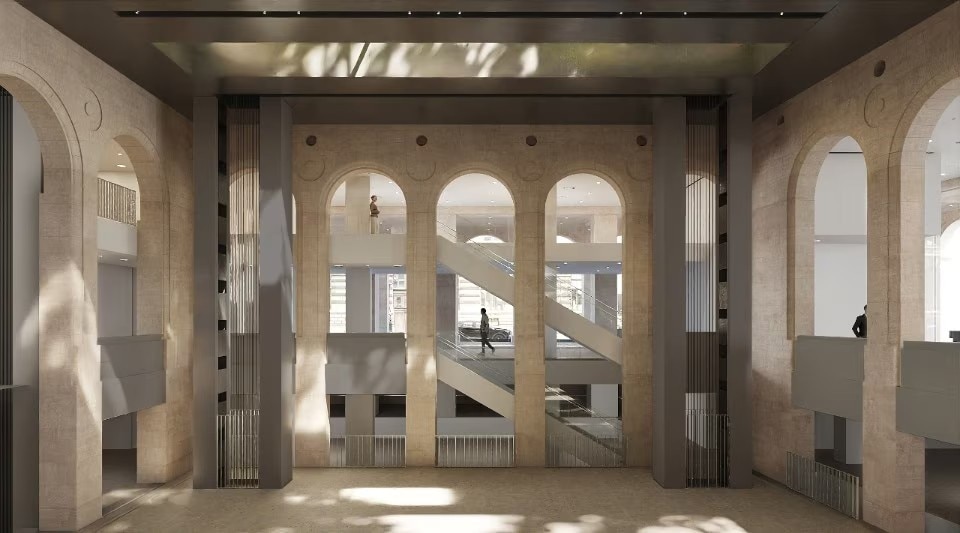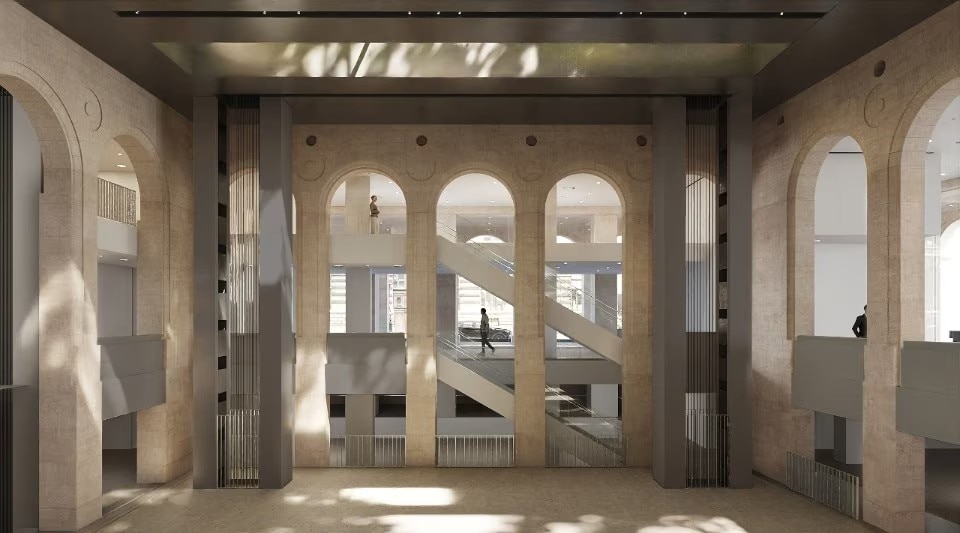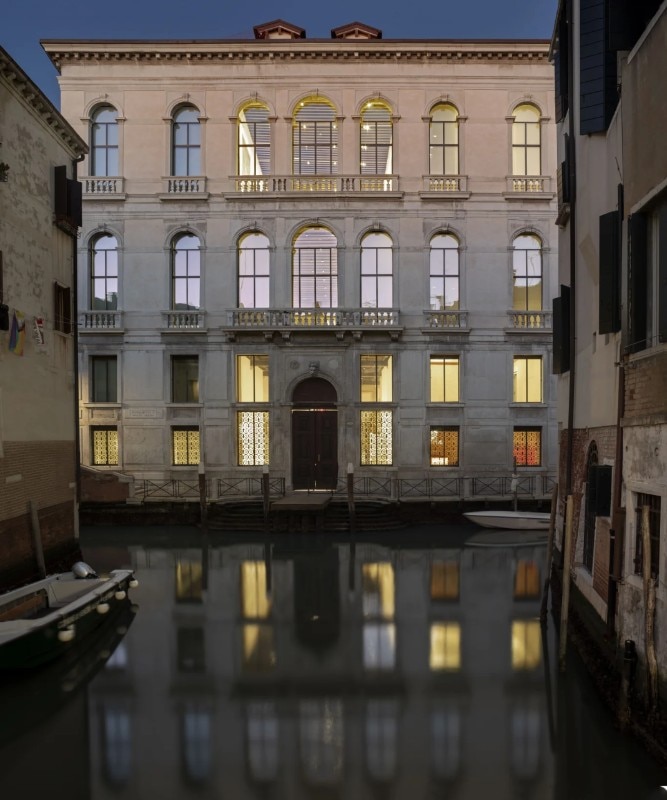The 19th International Architecture Biennale, titled “Intelligens. Natural. Artificial. Collective.” and curated by Carlo Ratti, opens on May 10. The title carries a double meaning, as the curator himself explains: on one hand, it evokes gens, or people; on the other, it reflects the integration of the three forms of intelligence explored in this edition – natural, artificial, and collective.
With over 750 participants and more than 280 projects on display, this ambitious Biennale not only breathes new life into its usual venues, the Arsenale and Giardini – where the Central Pavilion remains closed for renovation – but also extends throughout the entire city of Venice, transforming it into a living laboratory.
Across calli and campielli, a dense program of exhibitions unfolds alongside the main event, often resonating with the theme chosen by Carlo Ratti – and certainly worth adding to your calendar.
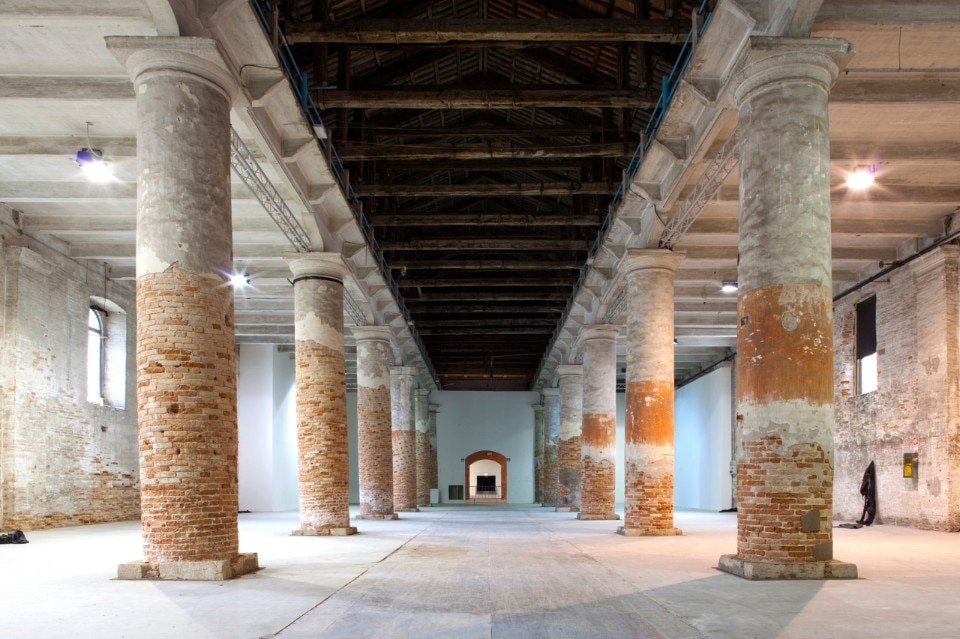
From the opening of new exhibition spaces – such as the Nicoletta Fiorucci Foundation, which debuts its Venetian headquarters in the heart of the Dorsoduro district on this occasion – to monumental solo shows like that of Thomas Schütte at Punta della Dogana and Robert Mapplethorpe at Le Stanze della Fotografia, Venice offers a rich cultural landscape this season.
Architecture remains at the center, with fresh perspectives emerging from venues like Palazzo Diedo, alongside Jean Nouvel’s designs for the future headquarters of the Carter Foundation, on display at the Giorgio Cini Foundation. There’s also a renewed focus on the work of master architect Carlo Scarpa at the Museo Correr.
Meanwhile, the Gallerie dell’Accademia hosts an exhibition exploring the human body through Renaissance masterpieces – including the rare public display of Leonardo da Vinci’s iconic Vitruvian Man drawing.
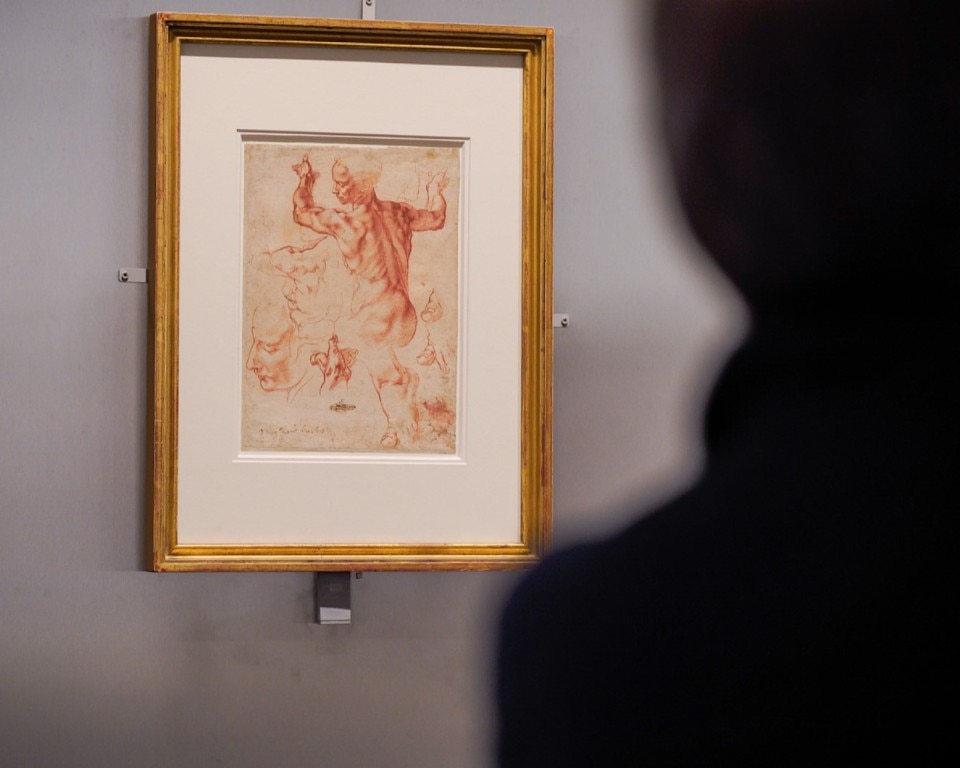
Domus has curated a selection of must-see exhibitions: all that’s left is to lace up a comfortable pair of shoes and begin your itinerary, and, of course, reward yourself with a classic spritz at the end of the day.
Opening image: Tessa Mars, a call to the ocean, 2025. Exhibition view of “otras montañas, las que andan sueltas bajo el agua” [other mountains, adrift beneath the waves], Ocean Space, Venice. Commissioned by TBA21–Academy. Photo Jacopo Salvi


